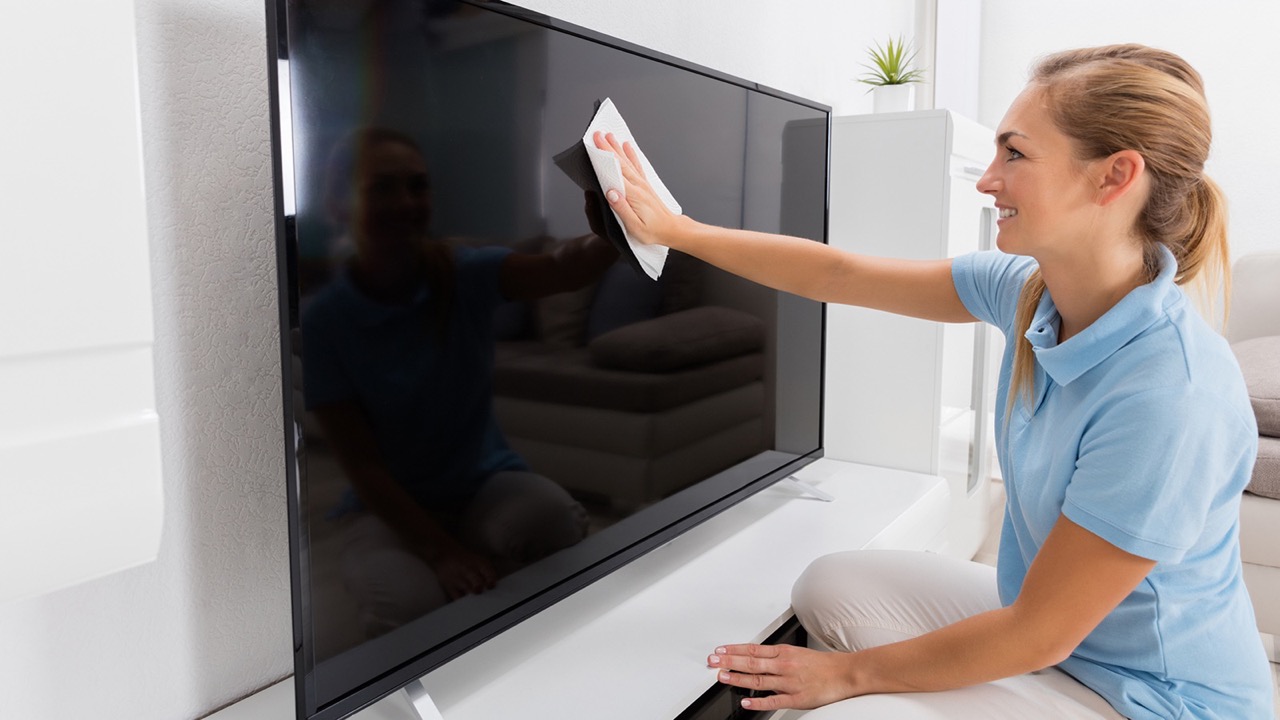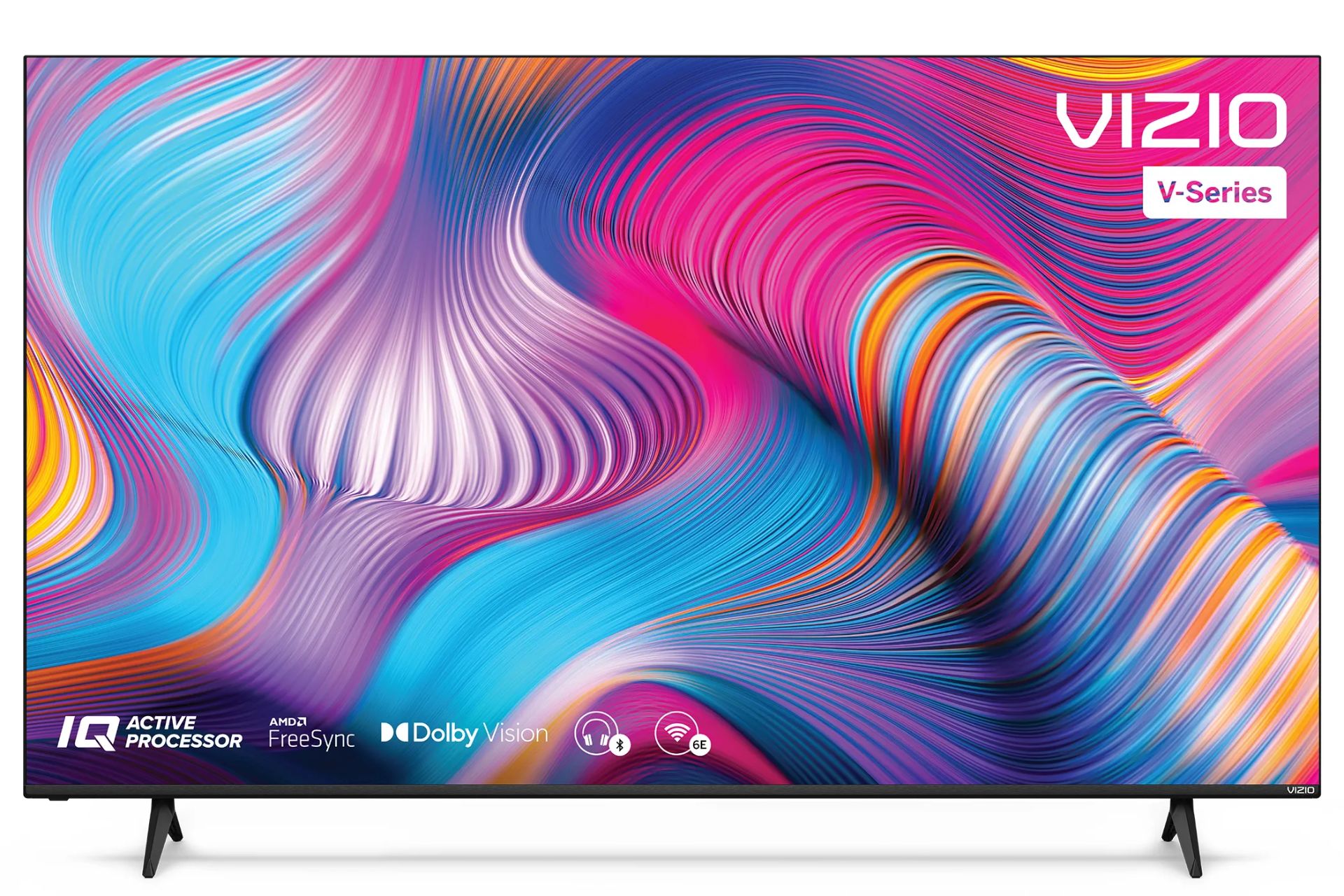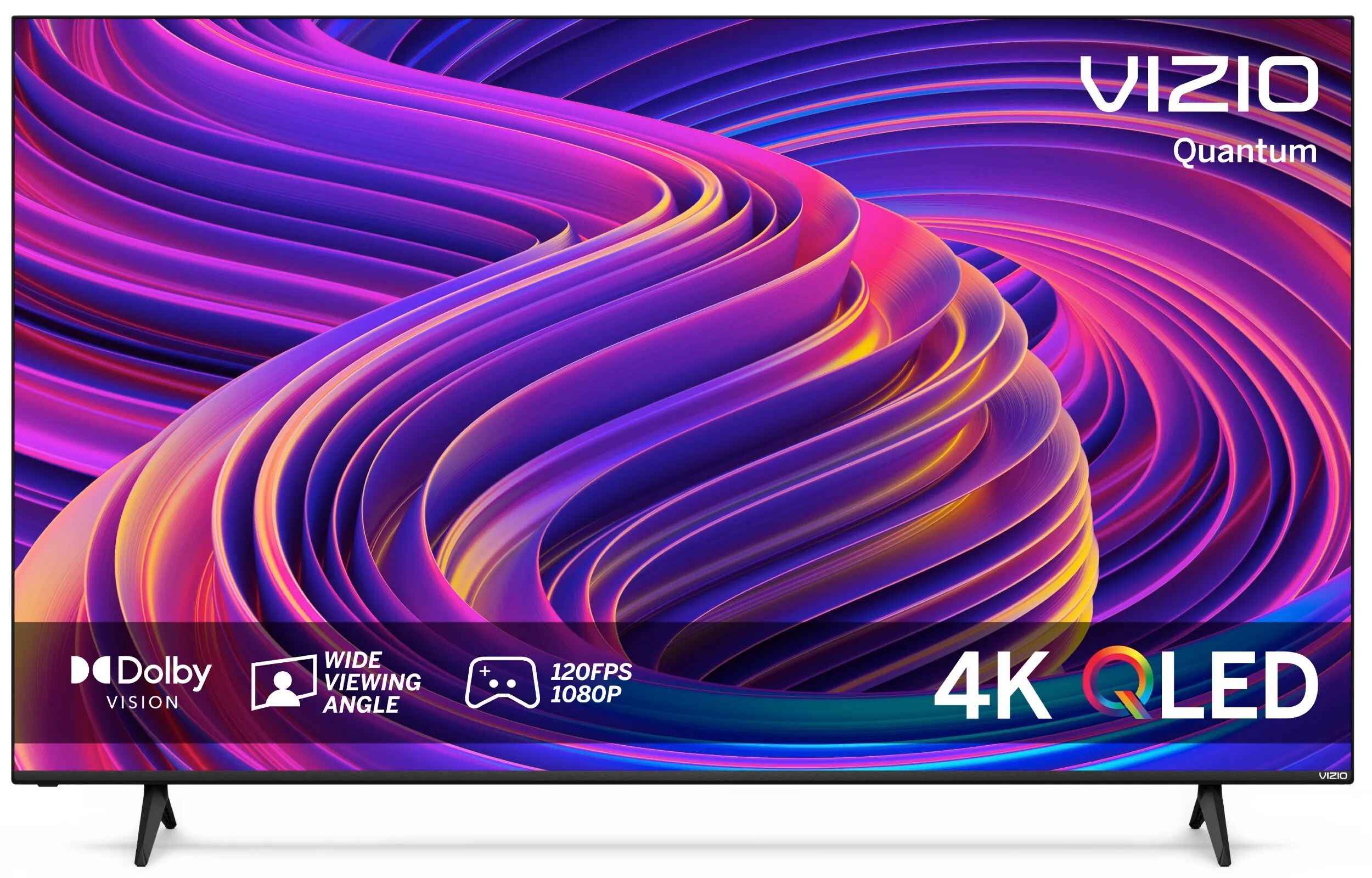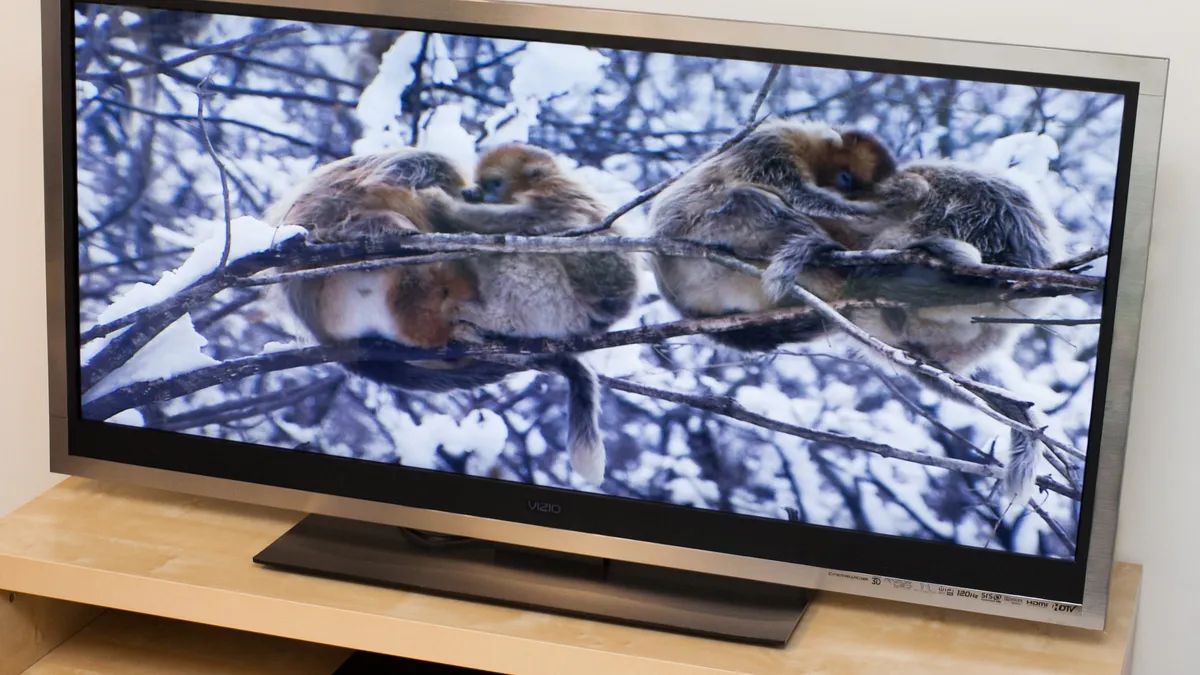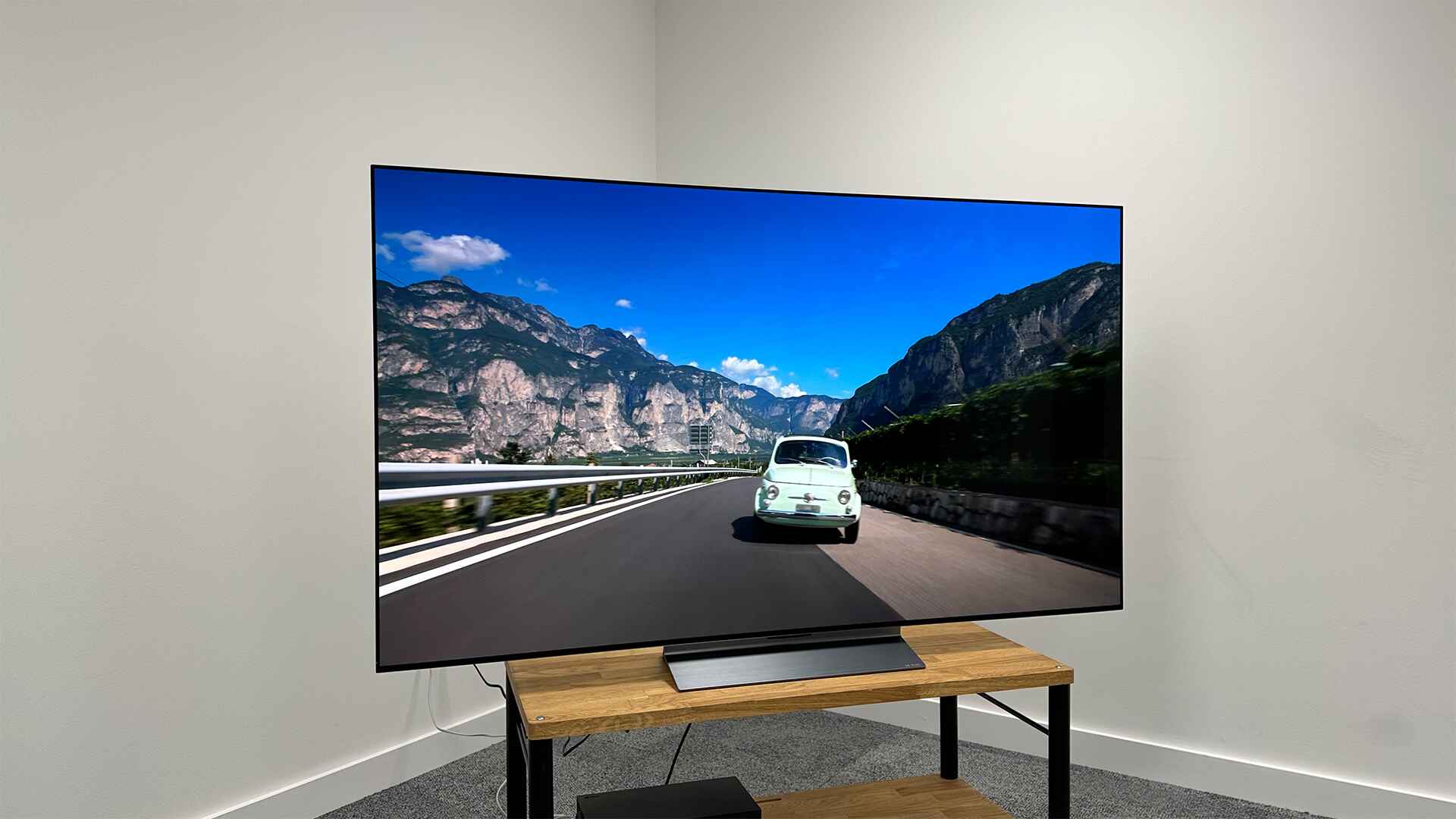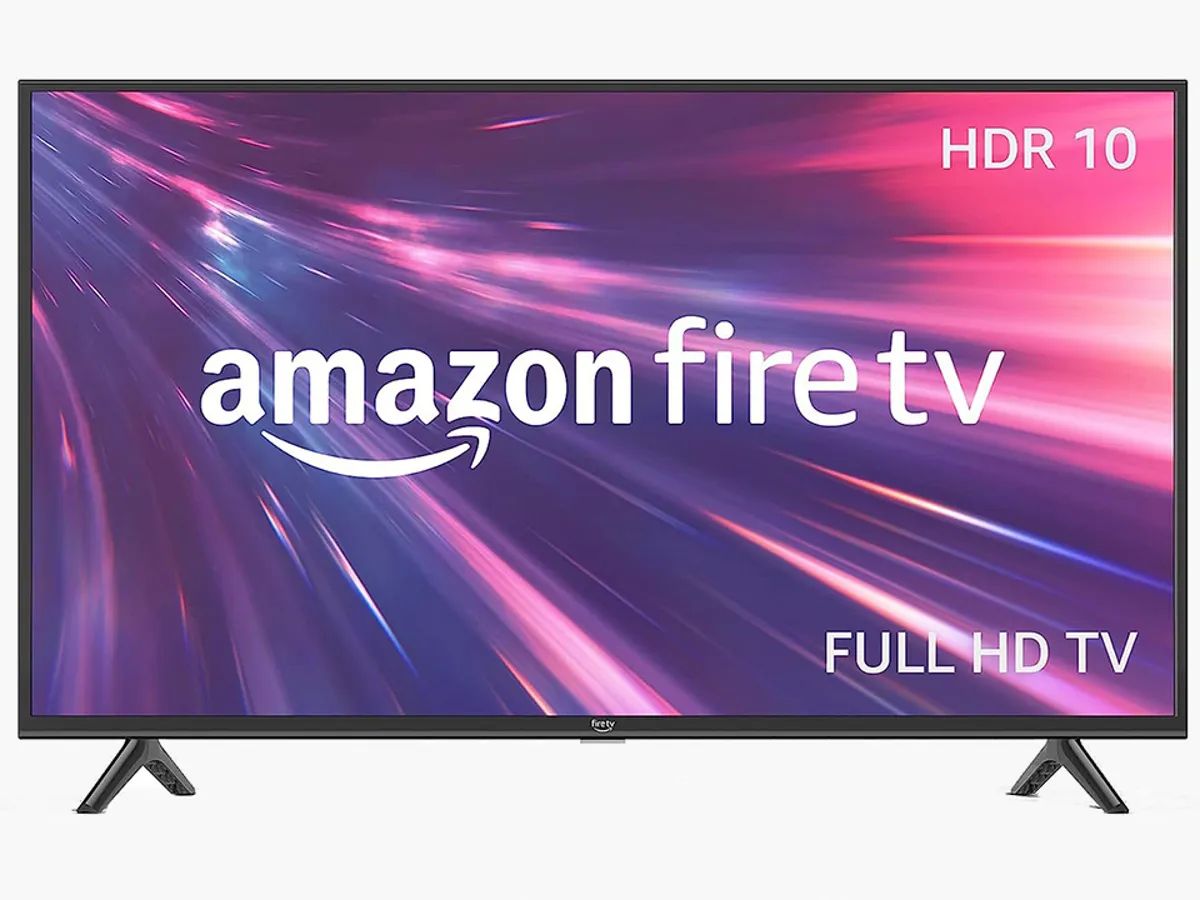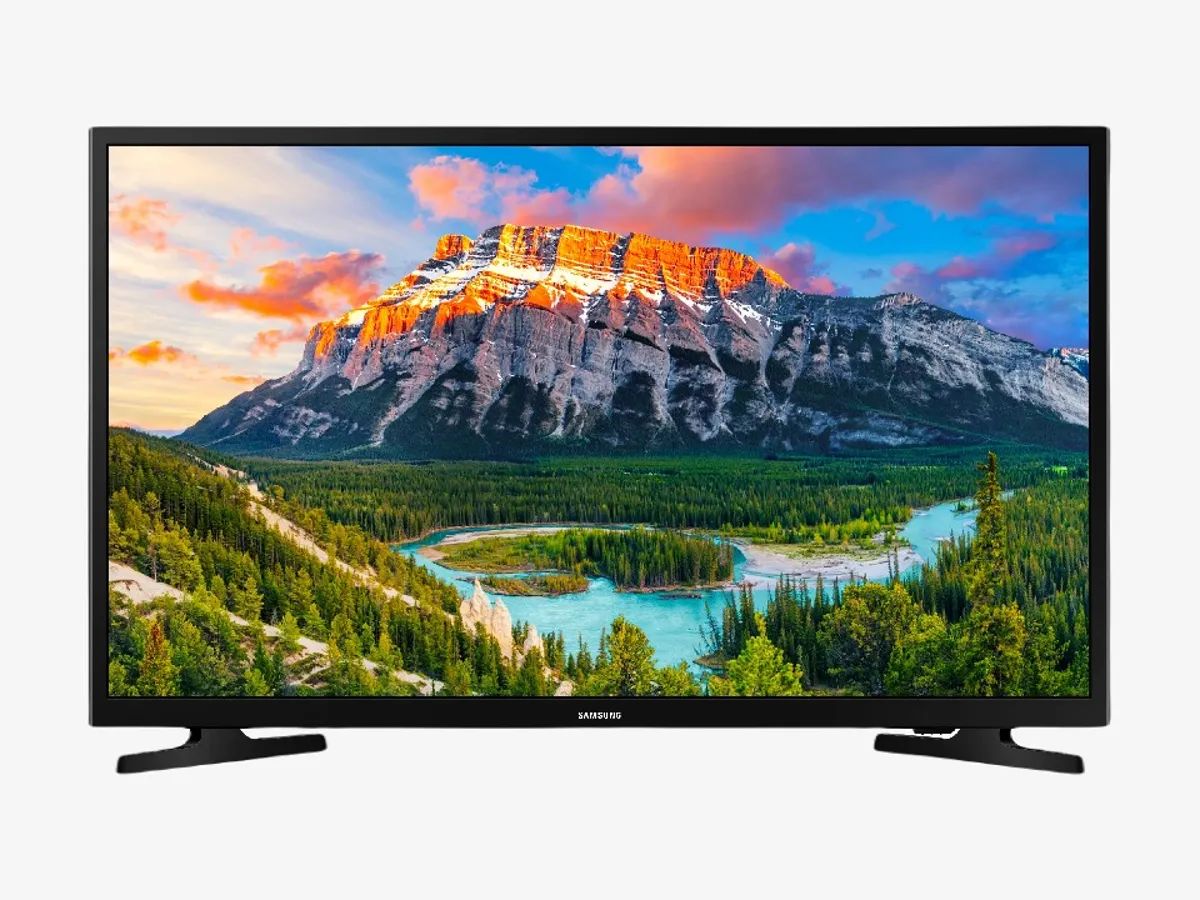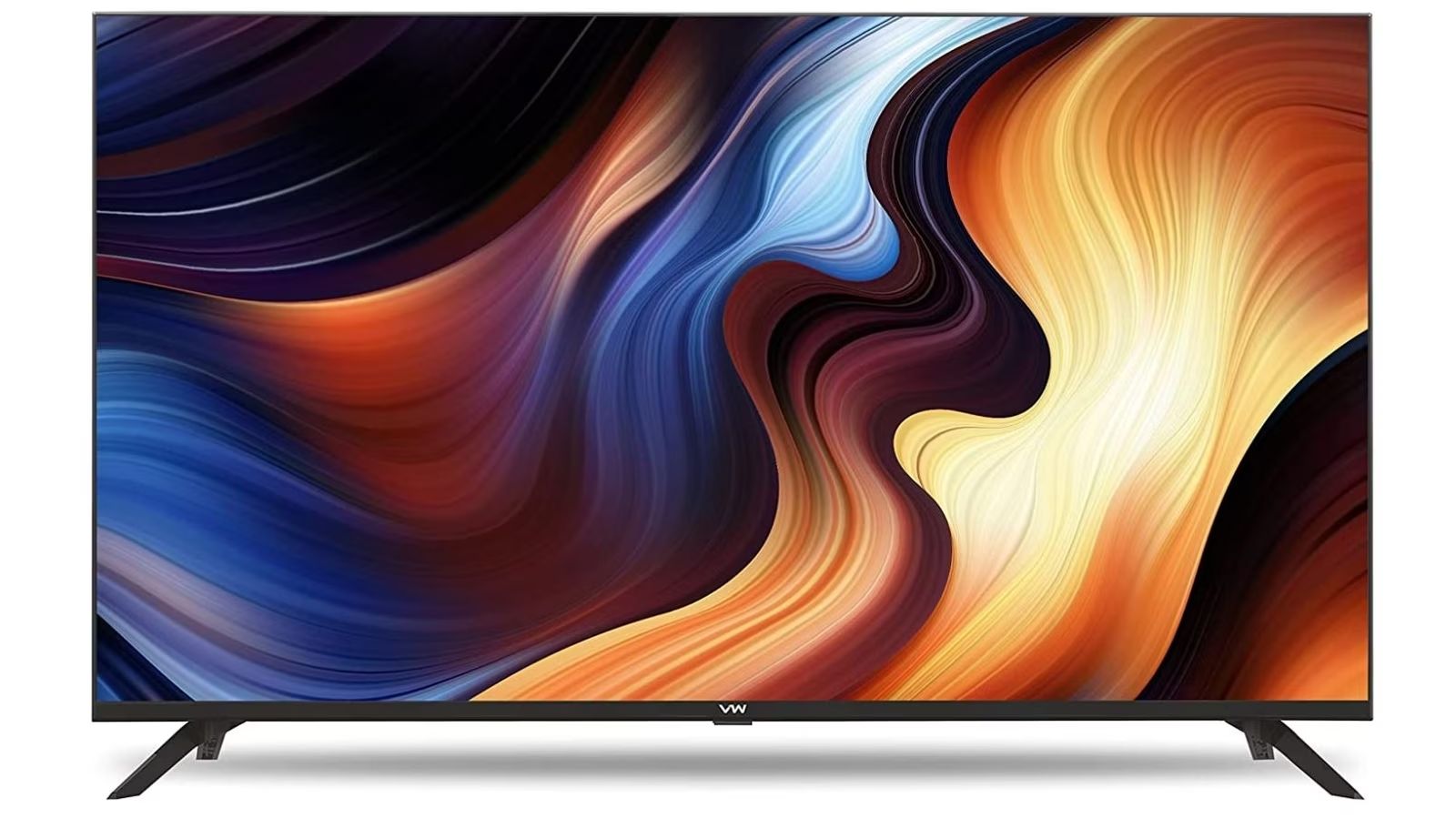Introduction
Having an LED TV at home can elevate your viewing experience with its stunning picture quality and vibrant colors. However, over time, the screen can accumulate dust, fingerprints, and smudges, diminishing the visual clarity and overall enjoyment. That’s why regular cleaning of your LED TV screen is essential to maintain its pristine condition.
In this guide, we will walk you through a step-by-step process on how to clean your LED TV screen effectively, specifically focusing on Vizio models. Following these instructions will help you remove dirt and grime without causing any damage to the screen or affecting its functionality.
before you begin, ensure that you have all the necessary materials ready. This includes a soft microfiber cloth, distilled water, isopropyl alcohol (optional), and a spray bottle (if you choose to use a homemade cleaning solution).
Remember, it’s crucial to follow the manufacturer’s guidelines for cleaning your LED TV, as certain methods or substances may be harmful to the screen. However, the steps outlined here are generally safe and widely applicable to many LED TV models.
Materials Needed
Before you start cleaning your LED TV screen, gather the following materials:
- A soft microfiber cloth: This is the most essential tool for cleaning your LED TV screen. Microfiber cloths are gentle, lint-free, and safe to use on delicate surfaces.
- Distilled water: It is recommended to use distilled water instead of tap water as it is free from minerals and impurities that could potentially leave streaks on the screen.
- Isopropyl alcohol (optional): If there are stubborn stains or fingerprints on the screen, you may use isopropyl alcohol. However, exercise caution and follow the manufacturer’s guidelines, as using alcohol on some screens may cause damage.
- Spray bottle (optional): If you prefer to use a homemade cleaning solution instead of just water, a spray bottle will help you apply the solution evenly. Just make sure to use a fine mist setting to avoid saturating the screen.
By having these materials ready, you’ll be fully equipped to tackle the cleaning process and restore the clarity of your LED TV screen.
Step 1: Turn off the TV
Before you start cleaning your LED TV screen, it is crucial to turn off the television and unplug it from the power source. This step is essential to ensure your safety and prevent any potential damage to the screen or electrical components.
Turning off the TV allows you to have a clear view of the screen without any distractions or interference from a running display. It also minimizes the risk of accidentally pressing buttons or changing settings during the cleaning process.
Additionally, unplugging the TV ensures that there is no electrical current running through the device, reducing any potential risk of electric shock while handling the screen.
Some LED TVs have a standby mode, so be sure to switch off the TV completely to ensure that it is powered off. Refer to your TV’s user manual or remote control for guidance on how to properly turn off the device.
By taking the time to turn off and unplug your LED TV, you create a safe environment for cleaning and help protect both yourself and the television from any accidents or damage that could occur during the process.
Step 2: Remove dust with a microfiber cloth
Once the TV is turned off and unplugged, it’s time to remove any loose dust and debris from the LED screen. Dust particles can accumulate on the surface, affecting the picture quality and clarity. Using a soft microfiber cloth, gently wipe the screen in a top-to-bottom or side-to-side motion to remove the dust.
Microfiber cloths are ideal for cleaning LED TV screens because they are non-abrasive and help to trap dust particles effectively. Avoid using paper towels or rough cloths, as they can potentially scratch the screen.
When wiping the screen, apply gentle pressure and ensure that your movements are smooth and consistent. Avoid pressing too hard, as excessive pressure may damage the screen or push the dust further into the surface.
If there are areas that are harder to reach, you can fold the microfiber cloth to create a smaller, more precise cleaning tool. This will help you navigate around corners and edges without inadvertently touching the screen with your fingers.
Be thorough and take your time to cover the entire surface of the screen. This step will ensure that loose dust is removed before moving on to the next cleaning steps.
Keep in mind that removing dust with a microfiber cloth is a gentle and non-abrasive method that is safe for most LED TV screens. However, for particularly stubborn dust or stains, you may need to proceed to the next steps to attain a cleaner and clearer screen.
Step 3: Dampen the microfiber cloth
After removing loose dust from the LED TV screen, it’s time to dampen the microfiber cloth. Dampening the cloth will help to effectively clean and remove smudges and other stubborn marks on the screen.
It is crucial to use the right amount of moisture to avoid damaging the screen. Remember, excessive moisture can seep into the edges of the screen and potentially harm the internal components. For this reason, it is recommended to use distilled water as tap water may contain minerals that can leave streaks or residues.
Follow these steps to dampen the microfiber cloth:
- Fill a spray bottle with distilled water: If you’re using a homemade cleaning solution, mix it with distilled water in the spray bottle. Ensure that the spray bottle’s nozzle is set to a fine mist setting.
- Spray the water onto the microfiber cloth: Hold the spray bottle a few inches away from the cloth and lightly mist it with water. Avoid saturating the cloth, as too much moisture can lead to potential damage to the screen.
- Wring out excess water: If the cloth feels too damp, lightly squeeze or wring it out to remove any excess water. The cloth should be damp, not dripping wet.
By dampening the microfiber cloth, you create a gentle cleaning tool that will effectively clean smudges and marks without causing any harm to the LED screen. With the cloth at the right level of dampness, you can proceed to the next step to wipe the screen and restore its clarity.
Step 4: Gently wipe the screen
Now that the microfiber cloth is dampened, it’s time to gently wipe the LED TV screen to remove smudges and stubborn marks. Remember, it is important to be delicate and cautious when cleaning the screen to avoid any damage.
Follow these steps to effectively wipe the screen:
- Fold the microfiber cloth: Fold the dampened microfiber cloth into a small, manageable size. This will allow for more precise control while wiping.
- Start from the top and work your way down: Begin wiping the screen from the top and move downwards. Use smooth motions and gentle pressure to avoid exerting too much force on the screen.
- Wipe in straight lines: Clean the screen in straight lines rather than circular motions. This ensures a more consistent and even cleaning process.
- Pay attention to smudges and stubborn marks: If you encounter particularly stubborn smudges or marks, apply slightly more pressure with the microfiber cloth. However, be cautious not to press too hard to prevent damage.
- Avoid using excessive force: Remember to always be gentle when wiping the screen. Applying too much force can lead to screen damage or discoloration.
Take your time and be thorough while wiping the screen. Ensure that you cover the entire surface area, including the corners and edges.
If needed, you can dampen the microfiber cloth again during this step. However, always ensure that the cloth is damp and not dripping wet to prevent any moisture from seeping into the screen edges.
By following these steps and being cautious, you will effectively remove smudges and marks from your LED TV screen, restoring its clarity and enhancing your viewing experience.
Step 5: Pay attention to stubborn stains
While wiping the LED TV screen, you may come across stubborn stains or marks that require extra attention. These stains can include fingerprints, grease, or other substances that may not be easily removed with a damp cloth alone.
To tackle stubborn stains, follow these steps:
- Apply isopropyl alcohol (if recommended): If your TV manufacturer allows the use of isopropyl alcohol on the screen, you can apply a small amount to a microfiber cloth. Gently dab the cloth onto the stubborn stain, allowing the alcohol to break down the residue.
- Wipe in gentle circular motions: Using the microfiber cloth with the isopropyl alcohol, gently rub the stain in circular motions. Be careful not to press too hard or scrub aggressively, as this may damage the screen.
- Dampen the cloth again if necessary: If the stubborn stain persists, you can lightly dampen the microfiber cloth with distilled water and continue to wipe the area. This additional moisture can help further loosen the residue.
- Do not use abrasive cleaners or rough materials: Avoid using abrasive cleaners, glass cleaners, or rough materials such as paper towels or scrub brushes. These can cause scratches, discoloration, or other damage to the screen surface.
Remember to always refer to the manufacturer’s guidelines for cleaning your specific LED TV model. Some manufacturers may recommend specific cleaning solutions or advise against the use of isopropyl alcohol. Following their instructions will help protect your screen and preserve its longevity.
By paying attention to stubborn stains and using the appropriate cleaning methods, you will be able to remove difficult marks and restore the pristine appearance of your LED TV screen.
Step 6: Dry the screen
After cleaning the LED TV screen and tackling stubborn stains, it’s important to ensure that the screen is thoroughly dry before turning the TV back on. This step will help avoid any potential moisture damage and ensure a crystal-clear display.
To effectively dry the screen, follow these guidelines:
- Allow the screen to air dry: After cleaning, give the screen some time to air dry naturally. This allows any remaining moisture to evaporate without the need for additional intervention.
- Avoid using excessive heat or fans: While it may be tempting to speed up the drying process with a hairdryer or fan, it is not recommended. Direct heat or airflow can potentially damage the delicate screen surface.
- Check for any remaining moisture: Before turning the TV back on, inspect the screen for any signs of moisture. Ensure there are no visible droplets or damp areas on the screen. If you do notice any lingering moisture, wait until it has completely evaporated before proceeding.
By allowing the screen to dry naturally, you minimize the risk of moisture-related issues such as streaks, water spots, or damage to the internal components of the TV.
It’s important to exercise patience during this step to ensure that the screen is completely dry. Rushing the drying process may result in subpar cleaning results or potential damage to the screen, so take your time before proceeding to the next step.
Once you are confident that the screen is thoroughly dry, you can proceed to clean the frame and back panel, which will be covered in the next step.
Step 7: Clean the frame and back panel
While the main focus has been on cleaning the LED TV screen, it’s important not to neglect the frame and back panel. These areas can also accumulate dust and grime, impacting the overall appearance of your TV. By cleaning the frame and back panel, you can keep your entire TV looking sleek and well-maintained.
To clean the frame and back panel, follow these steps:
- Use a dry microfiber cloth: Start by using a dry microfiber cloth to remove any loose dust or debris from the frame and back panel. Wipe gently in sweeping motions to ensure thorough cleaning.
- Dampen the microfiber cloth (if necessary): If there are any stubborn marks or smudges, lightly dampen the microfiber cloth with distilled water and wipe the affected areas. Avoid excessive moisture, especially around electrical components.
- Pay attention to crevices and corners: Use a soft-bristled brush or a cotton swab to clean any hard-to-reach areas, crevices, or corners. This will help remove any accumulated dust or dirt from these tricky spots.
- Dry the frame and back panel: Once you have finished cleaning, ensure that the frame and back panel are completely dry before plugging the TV back in and turning it on. This will help prevent any potential water damage or streaking.
By cleaning the frame and back panel, you not only maintain the overall aesthetic appeal of your TV but also prevent dust and dirt from accumulating around the edges and potentially affecting the performance of your device.
Remember to always refer to the manufacturer’s guidelines when cleaning the frame and back panel, as some TVs may have specific instructions or precautions to follow.
With a clean frame and back panel, your LED TV will not only have a pristine screen but also present a visually appealing appearance from all angles, enhancing the overall viewing experience.
Conclusion
Cleaning your LED TV screen, frame, and back panel is an essential part of regular maintenance to ensure optimal viewing quality and prolong the lifespan of your television. Following the proper cleaning steps and using the right materials will help you achieve a clean and clear screen without causing any damage.
Remember to turn off and unplug the TV before starting the cleaning process. Use a soft microfiber cloth to gently remove dust from the screen, dampen the cloth with distilled water if needed, and wipe the screen using smooth, straight motions.
If stubborn stains persist, you can use isopropyl alcohol on the microfiber cloth, but be sure to check the manufacturer’s recommendations for your specific TV model. Always handle the screen delicately to avoid scratching or causing any harm.
After cleaning, allow the screen to air dry naturally, ensuring no moisture remains before turning the TV back on. Don’t forget to clean the frame and back panel as well, using a dry microfiber cloth and a damp cloth if necessary.
By taking these steps and maintaining proper cleaning practices, you will enjoy a consistently clear and vibrant picture on your LED TV. Regular cleaning will help keep your TV looking its best, enhancing your viewing experience and ensuring long-term satisfaction.
Refer to the manufacturer’s guidelines for specific cleaning instructions, as different TV models may have unique recommendations.
So go ahead and give your LED TV the cleaning it deserves, and you’ll be rewarded with a stunning display and an immersive viewing experience each time you sit down to watch your favorite shows or movies.







